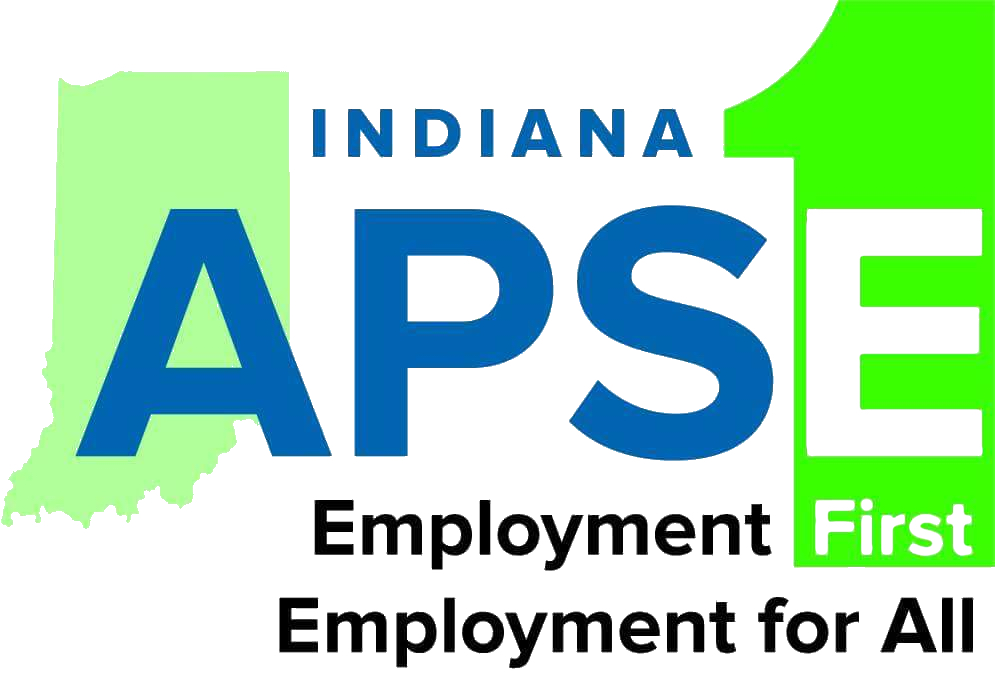INAPSE Transition Trends: Why It Matters for Students to Lead Their Transition IEP Meetings
Why It Matters for Students to Lead Their Transition IEP Meetings
Resource Provided By: INSOURCE
I remember sitting at the table with my son during his meeting he said nothing. That moment
hit me hard. I realized he wasn’t ready to speak up for himself or express what he needed after
high school. He wasn’t prepared for adulthood, and that realization changed everything for me.
Involving students at a young age in their IEP meetings, even for a portion, can foster positive
experiences and better prepare them for full participation by 9th grade or age 14.
Over time, attending these meetings with students has become one of the most rewarding parts
of this journey. When students take the lead, something shifts. They learn how to advocate for
themselves. They speak up about what they need, where they struggle, what they’re interested
in, and what skills they still need to work on.
Most importantly, they start to understand the support available to them after high school. They
gain confidence in making decisions—with support when needed—and begin building the skills
they’ll rely on for life.
Empowering students to lead their IEP meetings isn’t just a recommendation. It’s essential. It
sets the foundation for self-determination, independence, and a more successful transition into
Adulthood.
To build on your insights, here are some additional ways each group can foster meaningful
student participation and leadership in Transition IEP meetings:
Students
Practice speaking up: Role-play common scenarios like introducing yourself, talking about your goals, or asking questions.
Use visuals or slides: Create a short presentation with pictures or bullet points to share interests, strengths, and goals.
Know your rights: Learn about your legal rights under IDEA, and what transition services you’re entitled to.
Parents
Share personal stories: Talk openly with your child about your own career path or challenges after high school.
Encourage decision-making: Let them make choices at home—like planning meals or managing small budgets—to build confidence.
Celebrate efforts: Praise not just the outcome, but the effort in preparing and participating, however small.
Educators
Incorporate self-awareness activities: Use classroom exercises that connect schoolwork to real-world skills and goals.
Normalize the process early: Begin discussing IEPs in middle school, even before transition planning officially starts.
Invite peer mentors: Older students who’ve successfully led their own meetings can help demystify the process.
Helping students step into a leadership role at their Transition IEP meeting is like handing them
the mic to tell their own story—and that’s one of the most empowering things we can offer.
Attached is a resource with definitions to help Students with leading their IEP meeting.
